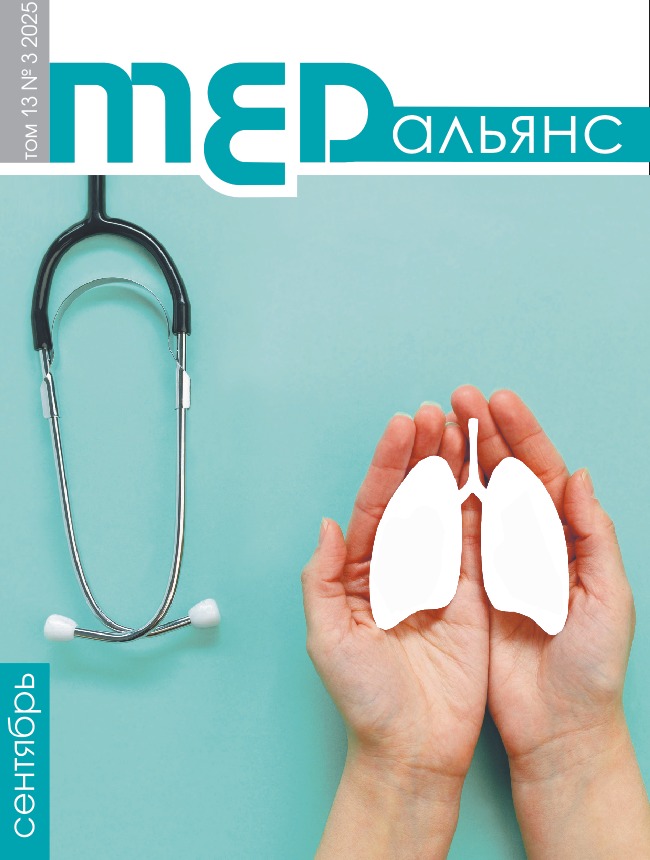Abstract
In recent decades, there has been an increase in the use of radiological methods in pediatric practice, where approximately one-third of children receive medical radiation annually. Some patients in this category do not report health complaints and do not show deviations in laboratory diagnostics of biological fluids (blood, urine). Another group has been monitored for stable picture in lung tissue over a long period. Children are more sensitive to ionizing radiation due to the high proliferative activity of their tissues. The greatest number of radiological studies is associated with diseases of the respiratory system, including the use of high-tech diagnostic methods such as computed tomography and magnetic resonance imaging. According to both domestic and international studies, women are more susceptible to radiation effects, however, children and adolescents have a significantly higher risk of developing radiation-related diseases, including cancer. The most sensitive organs to radiation are the lungs, thyroid gland, and red bone marrow. Radiation safety regulations require control over the use of ionizing radiation. Established principles of regulation aim to minimize radiation doses. The effects of ionizing radiation can cause both deterministic effects, which occur in emergency situations, and have an action threshold (with clear symptoms), as well as stochastic (probability-based) effects, where even small doses of radiation can change the likelihood of their occurrence. The exacerbation of this issue requires continuous study of the risks associated with the use of ionizing radiation, particularly in terms of its impact on children’s health. The necessity for a thorough justification for the use of radiation-based research methods becomes key from the point of view of patients’ safety.

